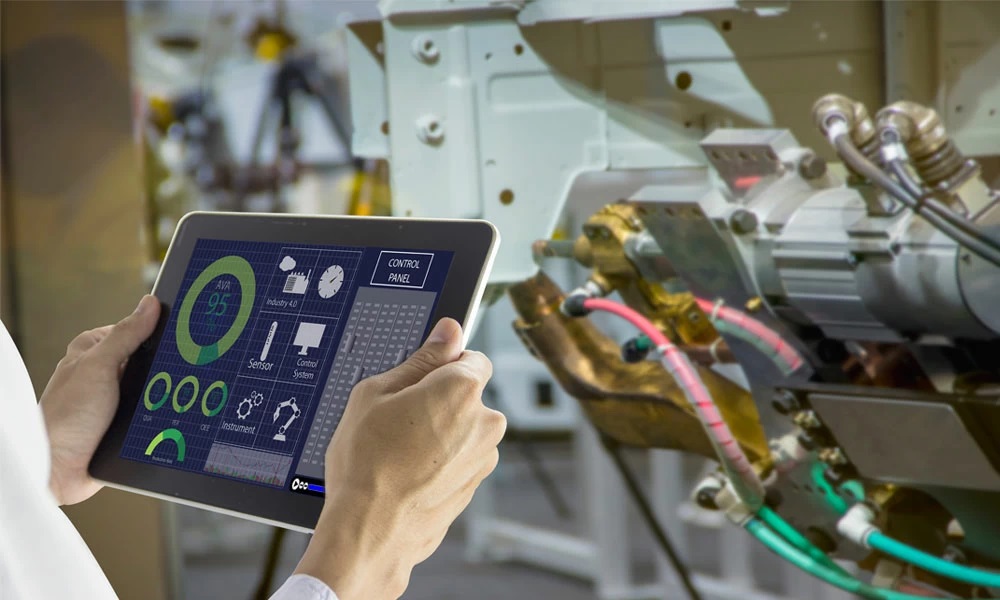Cutting System Design Costs Through Intelligent BOM Management
Whether you are a mechanical engineer or a VLSI designer, most engineering costs arise early in development. However keen you are to get your cutting-edge hardware design into production, you need to ensure it will pay for itself in production.
Intelligent system design begins with the product structure. This is a hierarchical cataloguing of all the product elements; a precursor to the engineering BOM (bill of materials). In PCB design, CAD drawing tools are employed from the start. In mechanical engineering, mechanical CAD software is also the norm, although early concept sketches may be done by hand.
The engineer begins with drafting out the structure of the product, and identifying the main systems and components. For each system part, consideration must be given to standard components already used by the company, or custom-built parts used in other projects, which may serve the necessary purpose. Not until these avenues are exhausted should you look at creating new parts.
The engineering BOM is compiled once the product structure has evolved to a form that will support manufacturing, taking the form of a detailed parts list supported by CAD drawings. BOM management goes hand-in-hand with environmental compliance and obsolescence management. Effective component cross-reference strategies should be in place to guard against, for example, parts becoming unavailable due to supplier shut-down or a change in REACH regulations.
We at Enventure Technologies realize it’s tempting to cut corners in BOM management, resulting in heavy costs further along the line. We offer a full range of BOM, obsolescence management and value engineering services, to enable your new products to have maximum impact at minimum expense.





